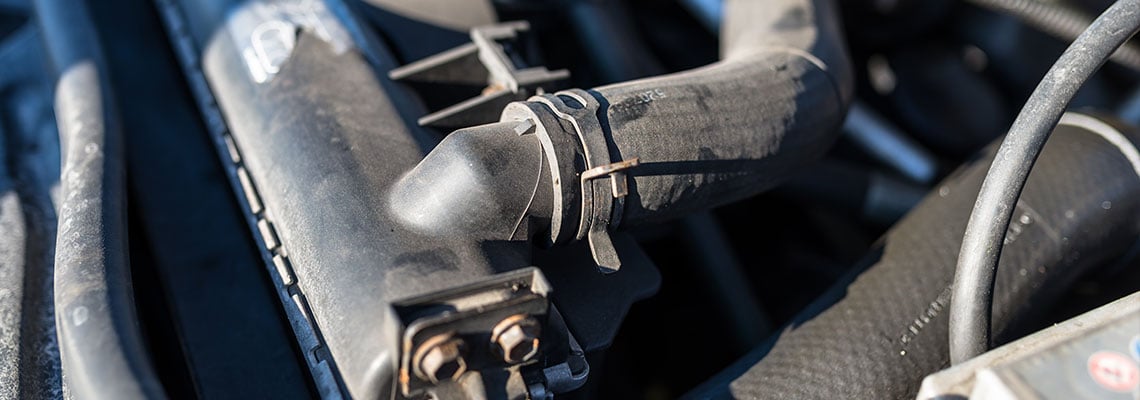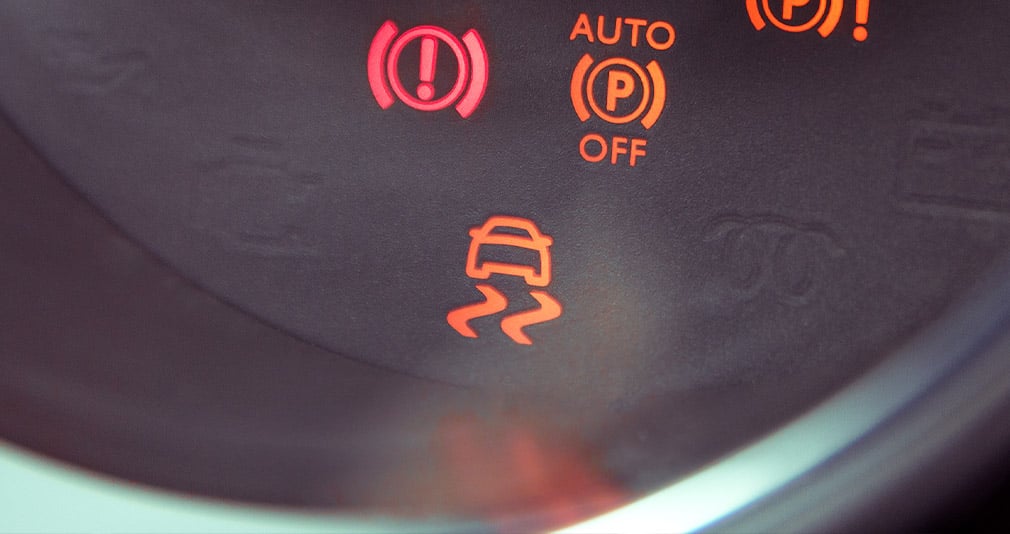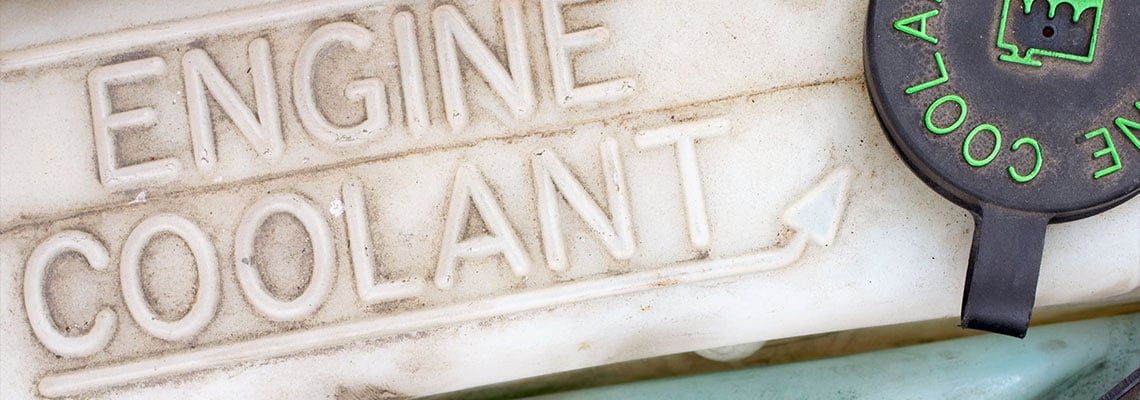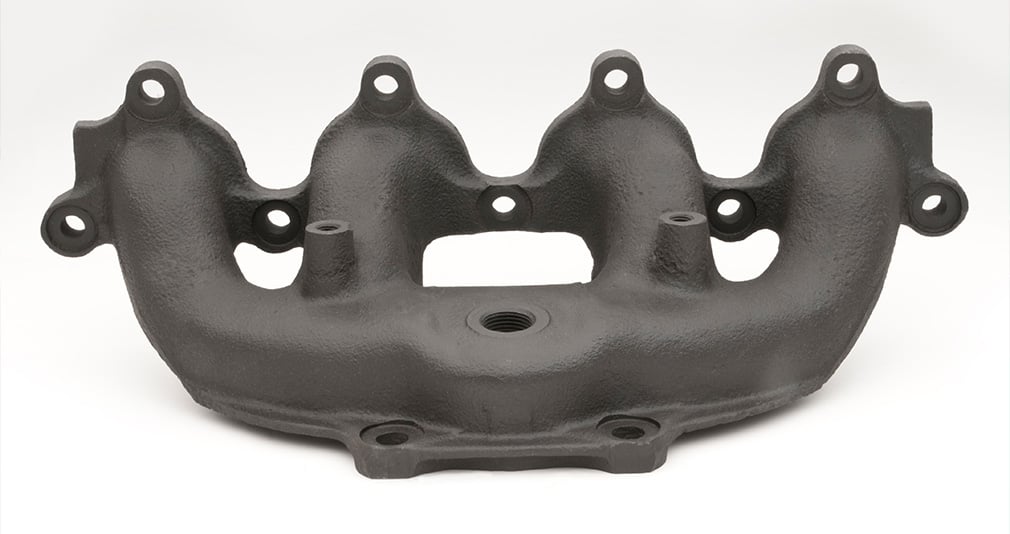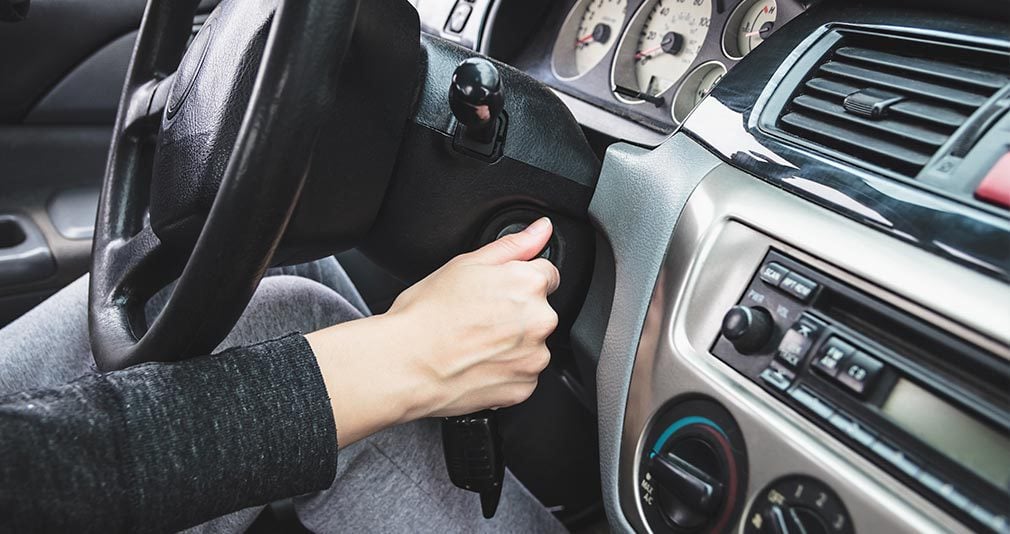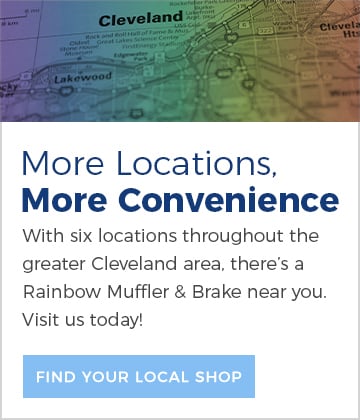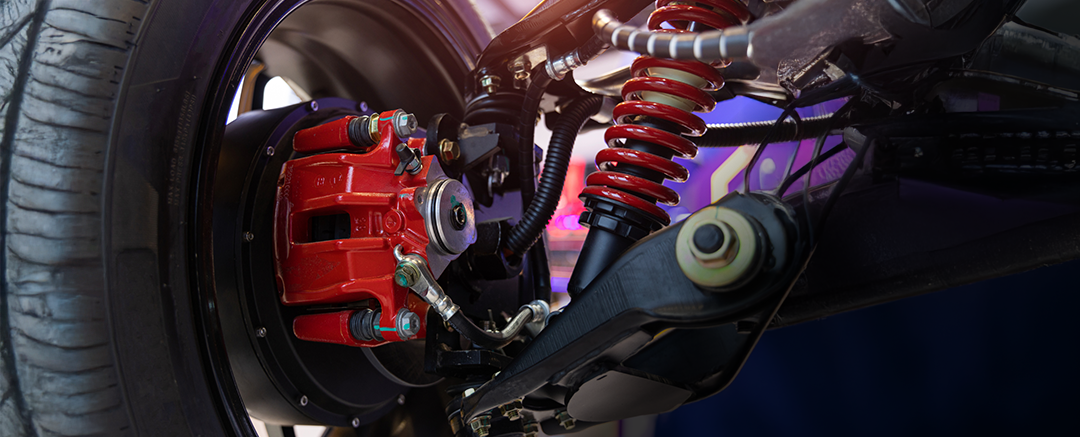Radiator hoses are an inexpensive but critical part of your car’s cooling system. While they don’t cost a lot of money, they can run up some big bills if they aren’t cared for properly. Every time you drive your car, those hoses have to carry hot coolant at a high pressure; over time, all that heat and pressure will lead them to break down or wear out. While radiator hose repair is pretty straightforward, unless you know what you’re looking for and how to fix the problem, you might not catch it before it becomes a serious issue.
A cracked radiator hose can lead to a coolant leak and your car overheating; if the needle on your vehicle’s engine temperature gauge starts moving toward “hot,” it could spell trouble for your engine. The situation needs to be checked before your car goes into full-blown overheating mode, which could cause thousands of dollars in engine damage.
An overheating engine isn’t the only sign that you have a leak in your radiator hose. Other signs of a cracked or damaged radiator hose include fluid leaks on your driveway or floor of your garage. Green or orange fluid means that your coolant is leaking, in which case you need to check the radiator hose for cracks or wear. Coolant can also escape from a faulty water pump, so you may want to check it to ensure it's not exhibiting any water pump leaking symptoms.
In some cases, you might discover a problem with your radiator hose when the “check engine” or “low coolant” light comes on. (The low coolant light looks like a thermometer on top of wavy lines.) If this comes on when you’re driving, you should pull over as soon as possible so you can check the coolant reservoir and see what is going on under the hood.
How to Check Your Hoses
When you pop the hood on your car, you’ll see several hoses in the cooling system. In addition to the upper radiator hose, which connects the radiator to the water pump, there are heater hoses, a bleed hose, steam hose and lower radiator hose. If you find a problem with one of the hoses, and all of the hoses are about the same age, there’s a fairly good chance that other hoses may be on the verge of failing as well. So even if you do find a leak or crack in a hose, don’t think that you’ve solved the entire problem. Keep checking the other hoses to make sure you locate all the possible problem areas.
Always make sure your engine is cool when you examine your hoses, since they can get extremely warm during your vehicle’s operation. The hoses should be in good condition and firm but flexible to the touch. Look for swelling, holes, leaks and cracks. (In some cases, the problem might be that a clamp has broken or the hose has worked its way loose from the fitting, and the hose is actually fine.) If the hose makes a “crunching” sound as you move it, it could indicate that the hose needs to be replaced.
Pay special attention to areas where the hoses curve or bend, which is where cracks often occur, and look for any fraying near connection points, which can lead to leaks. If the surface of the hose has a glassy appearance, it could indicate heat damage, or if there is abrasive damage to the outside of the hose, it probably means that the hose is rubbing on something that is damaging it.
Although there is no set “life span” for radiator hoses, it’s a good idea to check them after five years. However, it doesn’t hurt to check them sooner, since it’s better to stay ahead of any signs of wear and damage rather than having to fix a problem.
At-Home Fixes for a Cracked Radiator Hose
If you discover you have a cracked radiator hose, you want to take care of it immediately. If you’re comfortable working under the hood, you can pick up some replacement hoses at an auto parts store. (You can buy hoses that were made specifically for your car, so you won’t have to worry about whether or not they are the right length and shape.) When you’re replacing a radiator hose, check the clamp that attaches to it and make sure it isn’t rusty or weak; you don’t want to put on a new hose only to have the clamp fail.
After placing a drain pan underneath the drain plug at the bottom of your radiator, remove one end of the lower radiator hose and empty all the coolant that is in the engine. Once the coolant is removed, take off the old, worn hose and replace it with a new one. Check to make sure that the clamp is securely attached, then flush the system to make sure there isn’t any debris (such as pieces of rubber from the deteriorating hose you’ve just replaced) still in the cooling system.
When you’ve completed the radiator flush, you can add new coolant and should be ready to get back on the road.
Quick Fixes Before Seeing Your Mechanic
Not everyone is comfortable with replacing their vehicle’s hoses, or you may not have the time or tools required. The good news is, it’s a fairly quick and inexpensive fix for your mechanic, and you’ll have the peace of mind that it’s been fixed completely and your hoses are good to go for several tens of thousands of miles.
Until you’re able to get it to your mechanic, however, you want to make sure you provide a temporary fix so you don’t lose more fluid or cause any damage to your engine. To do that, buy insulating tape from your local auto parts store and then wrap the insulating tape tightly around the leak. If you can’t get to an auto parts store, you can use duct tape or rags tied tightly around the hose. But always remember this is just temporary and you need to get the actual repair work done as quickly as possible.
Taking care of any problems with your car’s radiator hoses quickly can prevent engine damage and will keep you from being stranded on the side of the road with an overheated engine. Checking your hoses for wear before you notice a problem and asking your mechanic to check them each time you get your car serviced is a great way to save yourself headaches down the road.

